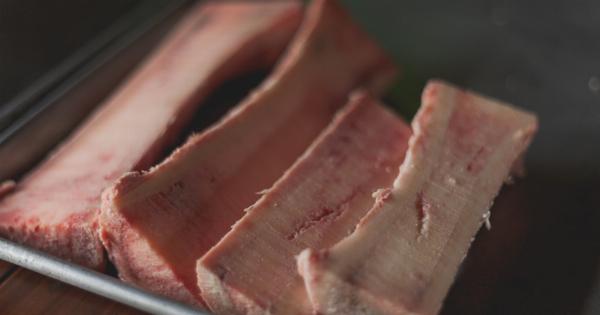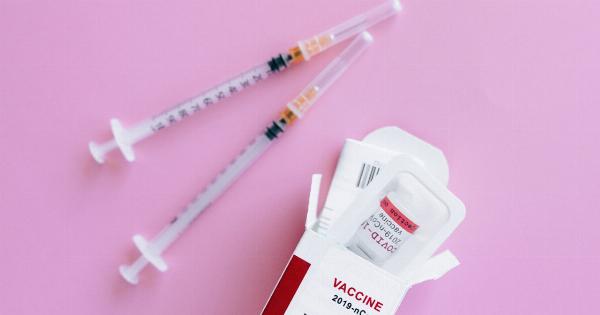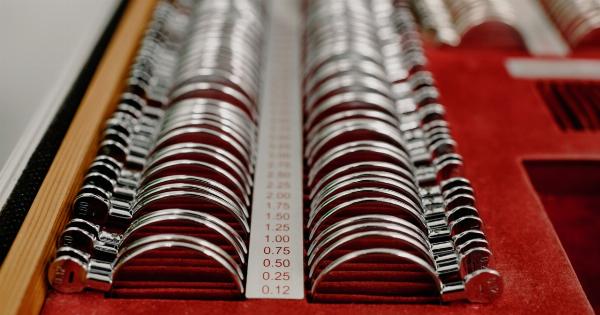Bone marrow donation is a life-saving procedure that can help individuals suffering from various diseases and genetic disorders.
By donating bone marrow, you have the opportunity to make a significant impact on someone’s life and provide them with a second chance. This article aims to raise awareness about the importance of bone marrow donation and highlight the process involved.
What is Bone Marrow?
Bone marrow is a spongy tissue found within the bones, primarily in the hip and thigh region. It plays a crucial role in the production of blood cells, including red blood cells, white blood cells, and platelets.
These blood cells are essential for transporting oxygen, fighting infections, and maintaining proper clotting.
Why is Bone Marrow Donation Important?
Bone marrow donation becomes necessary when an individual’s bone marrow is unable to produce healthy blood cells, leading to severe medical conditions.
These conditions may include leukemia, lymphoma, aplastic anemia, sickle cell anemia, and other life-threatening disorders. For many patients, a bone marrow transplant is their only hope for survival.
Types of Bone Marrow Donation
There are two main types of bone marrow donation: peripheral blood stem cell (PBSC) donation and bone marrow donation. The method used depends on the needs of the patient and the preference of the donor.
Peripheral Blood Stem Cell Donation
PBSC donation is the most common type of bone marrow donation. It involves a non-surgical procedure called apheresis, where blood is drawn from the donor’s arm through a needle in one arm vein.
The donor’s blood is then passed through a machine that separates the blood-forming cells, including stem cells. The remaining blood components are returned to the donor through their other arm. This process may require several sessions, typically over a few days, to collect enough cells for transplantation.
Bone Marrow Donation
Bone marrow donation is a surgical procedure that takes place in a hospital operating room. During the procedure, the donor is placed under general anesthesia to ensure they experience no pain or discomfort.
The surgeon uses special needles to extract liquid marrow from the donor’s pelvic bone. The amount of marrow collected depends on the patient’s needs. After the donation, the donor may experience temporary soreness, fatigue, and stiffness, which can be managed with appropriate medications.
Eligibility to Become a Donor
To become a bone marrow donor, certain criteria must be met:.
- Age: Donors must be between 18 and 60 years old.
- Good Health: Donors should be in good overall health, free from any underlying medical conditions.
- Compatibility: Donors must match the tissue type of the recipient, usually determined through a blood test.
- Willingness: Donors must express a genuine willingness and commitment to help save a life.
The Donation Process
The bone marrow donation process involves several steps:.
1. Initial Screening
Donors are required to fill out a detailed health questionnaire and participate in an interview with medical personnel. This ensures that the donor is suitable for the donation process and understands the potential risks involved.
2. Tissue Typing
A small blood sample is collected from the potential donor for tissue typing. This test determines the donor’s human leukocyte antigen (HLA) type, which is critical for matching the recipient’s tissue.
3. Compatibility Testing
If the potential donor is a close match to the recipient, further compatibility testing is conducted. This involves additional blood tests to evaluate the compatibility of multiple HLA markers.
4. Pre-Donation Check-Up
Prior to the donation, the donor undergoes a comprehensive medical examination to ensure they are physically prepared for the procedure. This includes blood tests, imaging studies, and a consultation with a healthcare professional.
5. Donation Day
On the day of the donation, PBSC donors will need to receive injections for several days beforehand to increase stem cell production.
During the apheresis process, a needle is inserted into a vein, and the blood is drawn into a machine that separates the stem cells. The process can take several hours, and the donor may experience mild discomfort.
For bone marrow donors, the surgical procedure is performed using specialized needles to extract liquid marrow from the pelvic bone. The donor is under general anesthesia and should not feel any pain during the procedure.
Recovery and Aftercare
After the donation, most PBSC donors recover quickly with minimal side effects. The bone marrow will replenish itself within a few weeks.
Donors are advised to take good care of themselves, including maintaining a balanced diet and getting ample rest during recovery.
Bone marrow donors may experience soreness, fatigue, and stiffness in the lower back or hip area after the procedure. Doctors may prescribe pain medications to manage any discomfort.
It is essential to follow post-operative instructions and attend follow-up appointments to ensure proper healing.
The Gift of Life
By choosing to become a bone marrow donor, you provide hope and a chance at survival to individuals battling life-threatening diseases. Your selfless act can make a monumental difference and bring immense joy to patients and their families.
Conclusion
Bone marrow donation is a vital procedure that has the power to save lives. It is a relatively simple process that involves either peripheral blood stem cell or bone marrow donation.
By becoming a donor, you can contribute to the well-being of patients suffering from various disorders. Your generosity and willingness to help can make a profound impact on someone’s life and give them a renewed hope for the future.





























